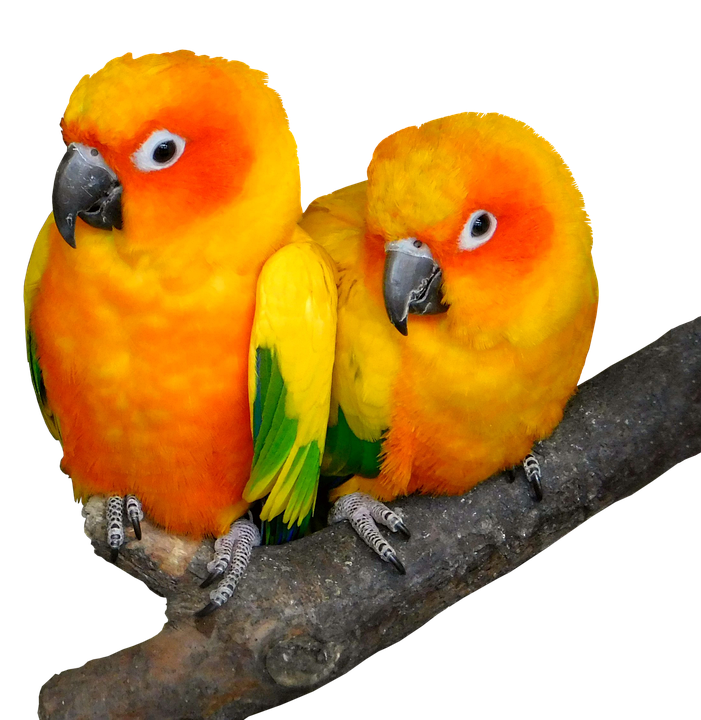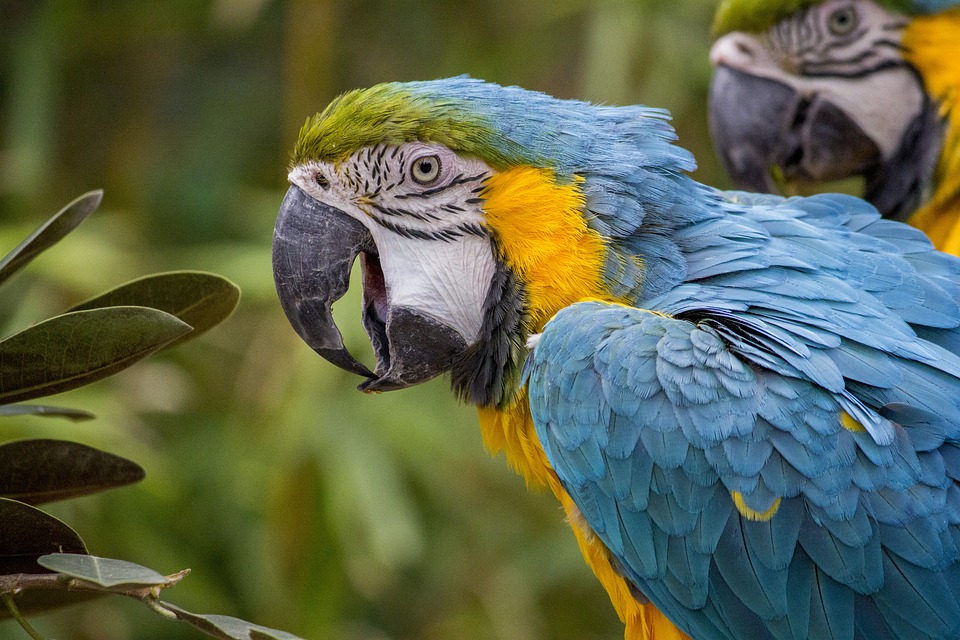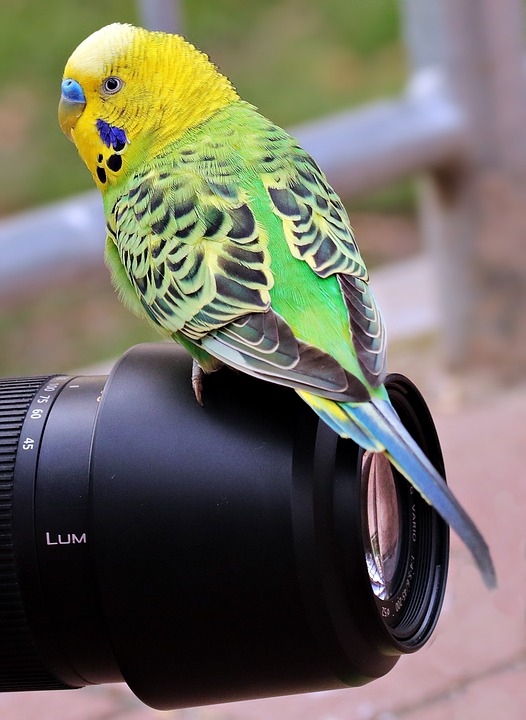Title: Captivating the Crowd: Encouraging Parrots to Perform in Front of an Audience
Introduction:
When it comes to showcasing the extraordinary abilities of your parrot, there is nothing quite like the thrill of watching them perform in front of an audience. However, training and socialization are crucial for unlocking your parrot’s potential as an entertainer. In this article, we will explore the reasons behind training parrots for public performances and provide tips on how to create captivating routines that will leave the crowd in awe.
Why Train Parrots for Public Performances?
Training parrots for public performances goes beyond entertainment value. It harnesses their intelligence and natural showmanship, allowing them to showcase their unique abilities in a controlled environment. Additionally, the training process enhances the bond between parrot and owner, providing mental stimulation and physical exercise for the bird.
Creating a Solid Foundation: Basic Training
To prepare your parrot for public performances, it is essential to establish trust and build a strong relationship. This can be achieved through basic training, which involves teaching essential commands and tricks. Gradually introducing distractions during training sessions simulates the environment of a public performance, preparing your parrot for the spotlight.
Preparing for the Spotlight: Specialized Performance Training
Specialized performance training involves acclimating your parrot to different environments and audiences. This helps them become comfortable with the unfamiliar surroundings and reduces stage fright. Training specific tricks and routines tailored for performances is also crucial. Incorporating positive reinforcement techniques, such as offering treats and praise, encourages desired behaviors during the training process.
The Power of Positive Reinforcement
Understanding the psychology behind positive reinforcement is key to successful training. By utilizing rewards effectively, such as favorite treats or verbal praise, you can motivate your parrot to perform at their best. Consistency is important, as is avoiding negative reinforcement, which can hinder the learning process.
Engaging the Audience: Techniques for Captivating Performances
To captivate the audience during performances, it is important to create a captivating routine. This can be achieved by incorporating music, colorful props, and interactive elements. Engaging the audience through techniques such as encouraging participation and applause adds an extra layer of entertainment value to the performance.
Overcoming Stage Fright: Helping Parrots Shine
Stage fright and nervousness can affect parrots just as they do humans. Gradually exposing your parrot to performance settings, starting with familiar environments and small audiences, can help alleviate stage fright. Calming techniques, such as playing soothing music or using familiar props, can also help ease anxiety. Building confidence through positive reinforcement and familiarity is crucial for helping your parrot shine on stage.
FAQs (Frequently Asked Questions)
Q1: How long does it take to train a parrot for public performances?
A1: The training duration varies depending on the individual parrot and the complexity of the tricks. It can take several weeks or even months to achieve consistent performance levels.
Q2: Can any parrot breed learn to perform?
A2: Yes, any parrot breed can learn to perform. However, some breeds may be more naturally inclined towards certain tricks or behaviors.
Q3: How can I ensure my parrot’s safety during performances?
A3: Ensuring the safety of your parrot during performances is crucial. Use secure cages or harnesses, avoid harmful or toxic props, and always supervise your parrot during performances.
Q4: What if my parrot refuses to perform in front of an audience?
A4: If your parrot refuses to perform, it may be due to anxiety or fear. Take a step back and evaluate the training process, focusing on building confidence and trust. Seek professional advice if needed.
Q5: Are there any age restrictions for parrot performers?
A5: There are no specific age restrictions for parrot performers. However, starting training at a young age can be beneficial as it allows for a longer training period.
Conclusion:
Training your parrot for public performances can be a rewarding experience for both you and your feathered companion. With patience, dedication, and the power of positive reinforcement, you can unleash the star within your parrot. Embrace the joy of showcasing their talents and enjoy the bond that grows as you embark on this captivating journey together.









